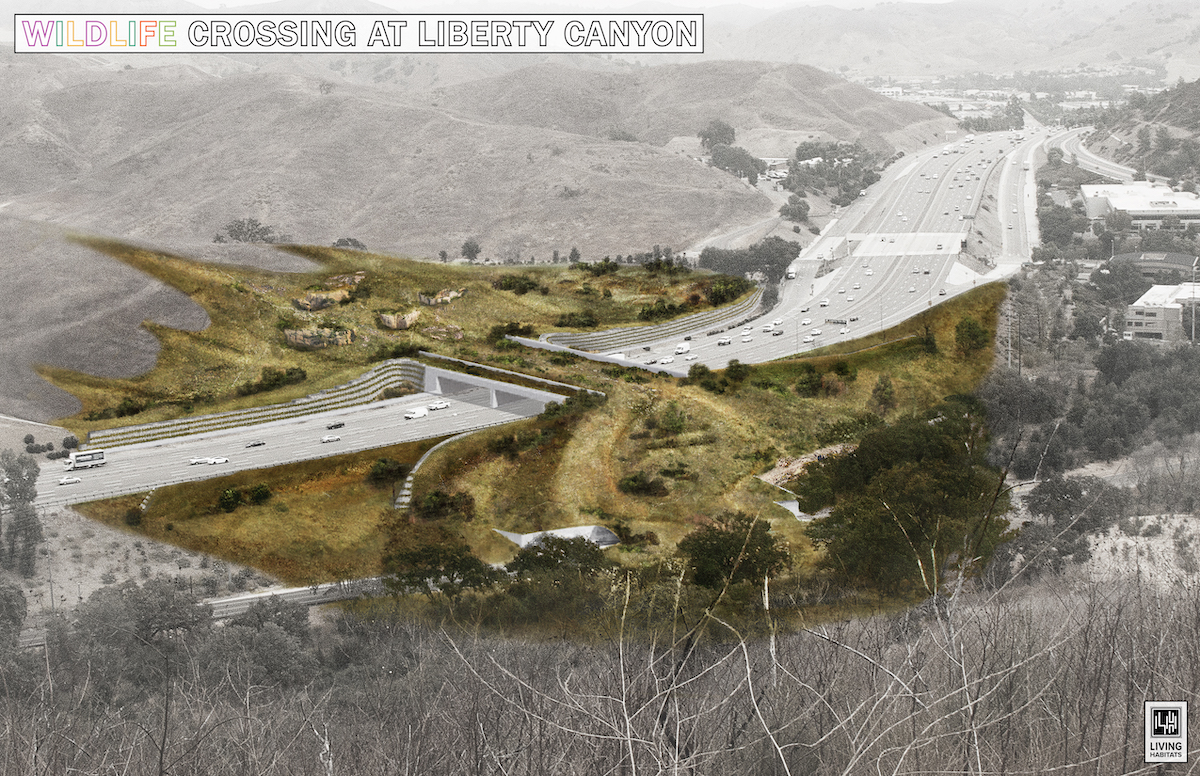The world’s largest Wildlife Crossing project in Los Angeles is nearing a construction milestone.
The pieces for the Wallis Annenberg Wildlife Crossing over the 101 Freeway will start installation next week.
As about 300,000 drivers use this section of the 101 everyday, Caltrans is trying to minimize the disruption by preparing the community ahead of the closures with a meeting Thursday night to answer any questions.
The first phase will close down the southbound lanes near Liberty Canyon Road beginning April 15. This will take place Monday through Friday from 11:59 p.m. to 5 a.m. for the next several weeks before moving to the northbound lanes.
Get top local stories in Southern California delivered to you every morning. Sign up for NBC LA's News Headlines newsletter.
“We hope it sets the precedent for the type of overcrosses we can build down the line not just for us but other states and across the nation,” said Mark Bischoff, a public information officer for Caltrans District 7.
The closures will allow Caltrans to place 82 girders above the freeway that extend from the median to the shoulder, which will be the foundation for the wildlife bridge. This is expected to take eight weeks to complete.
Construction for the crossing started last year, but these concrete girders are the first visual milestone that give us an idea of what the Wildlife Crossing will look like.
“Wildlife is facing every threat possible. We are at a biodiversity collapse right now,” said National Wildlife Federation Director Beth Pratt.
The National Wildlife Federation and Caltrans first proposed this project in 2015 to help restore the habitat that has been negatively impacted by development in the Santa Monica Mountains.
Dozens of mountain lions have been killed by cars over the years and have been at risk of extinction.
The most significant example is the death of P-22, who was iconic for roaming the Hollywood Hills. P-22 was euthanized in 2022 after health issues and injuries from getting hit by a car.
Conservationists say his legacy will live on with this project that will ensure the future for all wildlife.
“When this bridge is completed, you’ll have all these people driving in the morning or evening or whenever a mountain lion could be walking over it. A fox, coyote, butterfly, could be landing on a milkweed,” said Pratt.
Extensive studies by the National Wildlife Federation demonstrate how reconnecting animals’ habitats helps them to survive and thrive.
The Wildlife Crossing is expected to be completed in 2026.
Caltrans is hosting a public meeting at the Agoura Hills City Hall from 6:30 p.m. to 8:30 p.m. Thursday to answer questions about the impact for drivers during construction.
Drivers can also use Caltrans’ QuickMap service to see a detailed list of the closures and detours.



